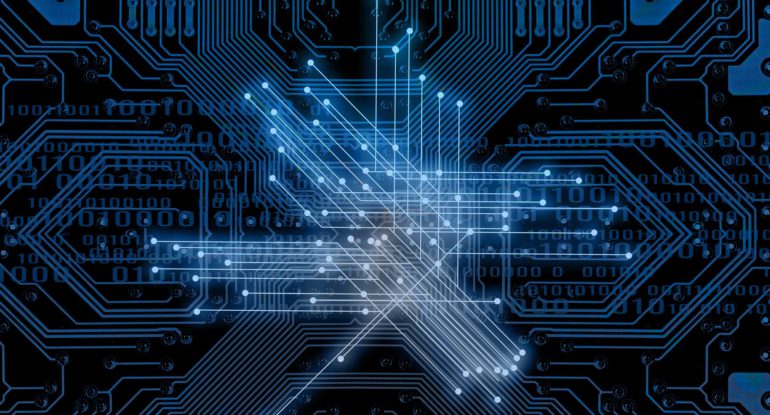A Brief History Of Web1, Web2, And Web 3.0

The Internet is becoming an integral part of our daily lives; it not only influences but is also influenced by how we communicate, comprehend, and absorb information. During this period, the ideas have evolved significantly, which is to be anticipated. We have experienced the first two stages of the web’s evolution and are now entering the third called Web 3.0; let’s analyze each period’s ideas, patterns, and attitudes.
➡️📌 The Evolution of the #web from 1.0 to 3.0!#ecommerce #datascience #data #artificialintelligence #machinelearning #deeplearning #javascript #python #bitcoin #cybersecurity #fullstack #serverless #cloudcomputing #dataming #facebook pic.twitter.com/j5s1jz1LHB
— Executive Levels (@execlvlsearch) October 12, 2021
Web 1.0 is sometimes referred to as the Static Web.
This version was primarily read-only; there was a small community of contributors but a far bigger community of readers.
Web 1.0 was primarily concerned with an information display. And while it may not seem like a huge issue today, it opened the door to an abundance of fresh opportunities back then. Specifically, it enabled conventional retailers to sell their products to a larger audience, which began e-commerce.
Web 1.0 Characteristics
Web 1.0 is characterized by four primary characteristics. The first is that web pages are static, meaning they are unaffected by scripts or external operations. Second, the site’s static nature is reinforced by the fact that the HTML really just files on a server. This is equivalent to text files in a computer directory.
Additionally, due to server-side inclusions or CGI, the files may appear non-static (Common Gateway Interface). However, these are simply links to data from other files, such as citations. Finally, page layout in Web 1.0 is provided through frames and tables and rough placement tags.
Web 2.0 is sometimes called the social web.
This was intended to bring people together. It marked the beginning of the era of interactive social media platforms centred on user-generated content, including Facebook, YouTube, and Myspace. During this period, several internet phenomena, including blogs, comments, trolling, flaming, LOLs, XDs, and social journalism, emerged for the first time.
Web 2.0 enables users to publish new content and modify previously uploaded information anytime they see it appropriate. In addition, the content itself became more fascinating as it evolved from introductory text with photos to a range of diverse media (videos, flash content, etc.).
Web 2.0 Characteristics
Web 2.0 is distinguished from Web 1.0 by four significant characteristics. The first is that Web 2.0 allows users to sort information without regard to individual server files. Second, user involvement can update the site’s content in real-time. The third aspect is that, while site conversations aren’t required, they can easily be activated. The fourth characteristic of Web 2.0 is the use of code blocks in APIs. Finally, it’s critical to remember emergent features. Because of the increased interactivity and ease of use, communities grew up around specific websites.
Also read: Twitch Developer Justin Kan Opinions On Web3 Games And Players
Web 3.0, sometimes referred to as the Semantic Web
Every year, the Internet advances toward its full potential. Artificial intelligence (AI) and machine learning assist humans in traversing information by detecting situations, emotions, and concepts. This provides us with an improved user experience.
On the other side, as seen by the controversies surrounding Facebook and the Brexit vote, there is always the chance of information being manipulated to gain an advantage. This explains the trend toward decentralization: by using blockchain technology, we can make the Internet of the future more equitable, transparent, and unbiased.
Web 3.0 Characteristics
Web 3.0 is known for its semantic processing. This is how computers interpret the text to determine its true meaning. Another feature of 3.0 is artificial intelligence, which enables this. Connectivity across numerous nodes helps with both of these. Distributed processing allows computers to think more like humans.
Also, read – Five interesting NFT projects bringing the future of Web 3.0
The next feature of Web 3.0 is 3D capabilities. This can be used to describe data stored in three-dimensional arrays. In order to implement the metaverse, that knowledge can also be placed out in 3D landscapes. Finally, all of this is available on a variety of platforms.




























































